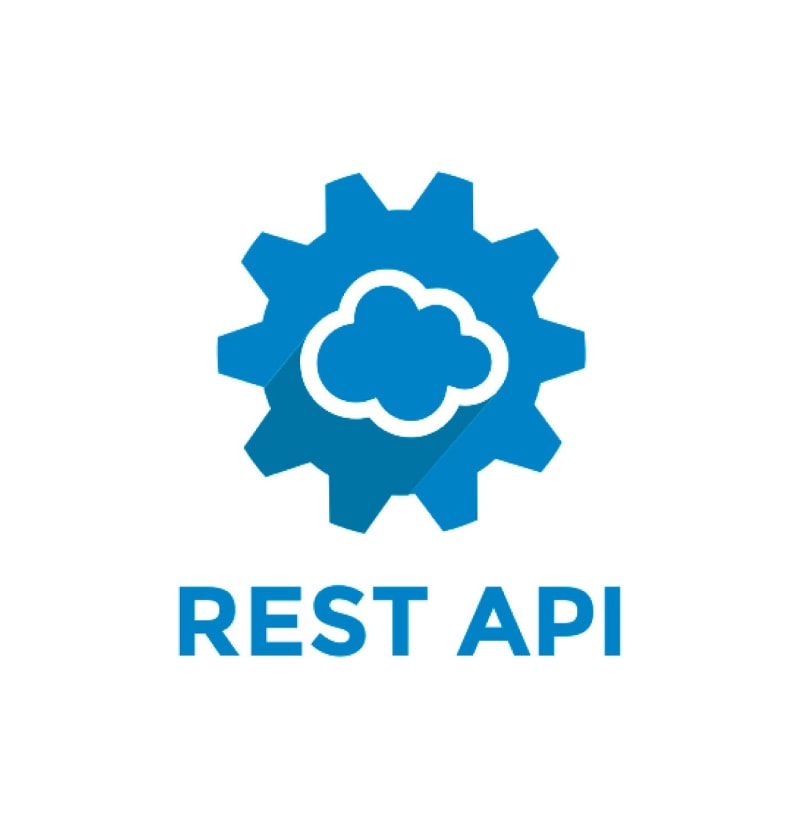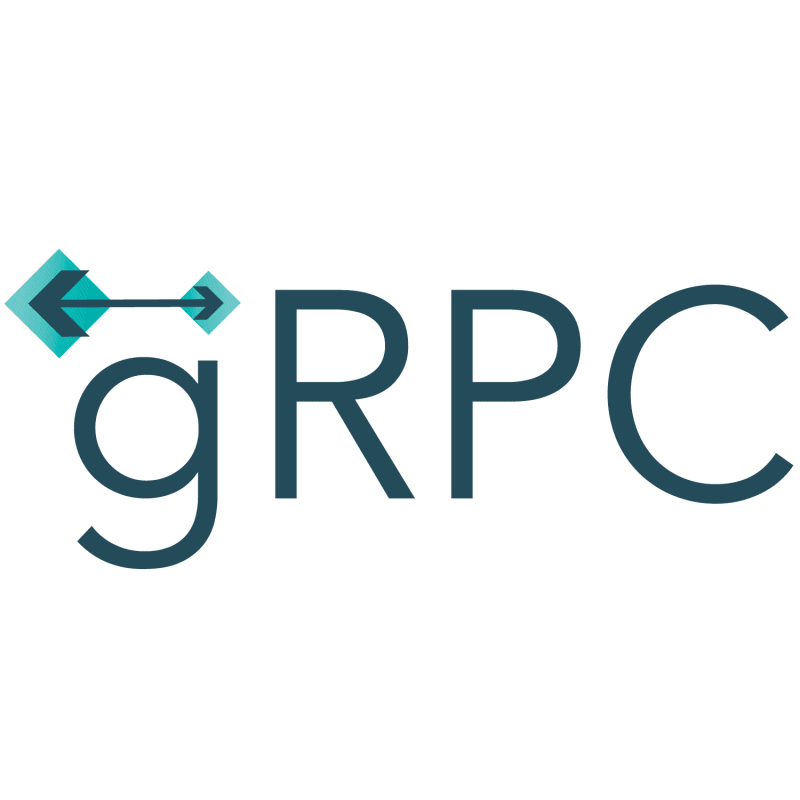APIs (Application Programming Interfaces) play an important role in enabling communication and data sharing across different software systems in today's interconnected world. APIs enable developers to get into the functionality of current programs and services, making it easier to create new applications and easily integrate multiple components.
Developers have various alternatives when it comes to API integration. GraphQL, gRPC, and REST are three popular options. Each of these APIs has its own set of advantages and disadvantages, and understanding them will help you make an informed decision about which one is best for your project.
REST API
REST (Representational State Transfer) is a popular architectural framework for developing networked applications. It is founded on a set of concepts that highlight the client-server communication model. REST APIs conduct activities on resources indicated by URLs by using HTTP methods (GET, POST, PUT, DELETE). REST is well-known for its ease of use, scalability, and connectivity with existing online services. It is well supported by a wide range of programming languages and frameworks. Example of REST APIs are Azure, News API, etc.
Advantages of REST
- REST APIs are simple to understand and implement, making them a popular choice among developers.
- REST is compatible with existing web infrastructure and is easily consumed by web browsers and mobile devices.
- REST APIs can take advantage of HTTP caching methods to improve performance and decrease server load.
- REST allows developers to deal with a variety of data types, including JSON and XML.
Disadvantages of REST
- Data over-fetching or under-fetching: REST APIs frequently return fixed data structures, which can result in data over-fetching or under-fetching, resulting in wasteful data transfer.
- REST APIs may require repeated requests to retrieve related data, resulting in increased network latency.
- To handle changes in the API structure, REST APIs may require versioning, which might complicate the development process.
GraphQL
GraphQL is a query language and runtime for Facebook APIs. It offers a versatile and effective technique to data retrieval and manipulation. Clients can use GraphQL to specify the exact data they require, reducing the over-fetching and under-fetching concerns that are typical with REST APIs. Clients can request numerous resources in a single query using GraphQL APIs, which have a single endpoint.
Advantages of GraphQL
- GraphQL allows clients to request exactly the data they require, eliminating network overhead and boosting efficiency.
- GraphQL defines the data structure with a schema, allowing for strong typing and better tooling and documentation.
- The self-documenting structure of GraphQL, as well as its introspection features, make it easier to investigate and build against APIs.
- GraphQL enables schema modifications that are backwards compatible, making it easier to evolve APIs without harming existing clients.
Disadvantages of GraphQL
- Learning curve: Because of its unique syntax and principles, GraphQL has a steeper learning curve than REST.
- Caching: Because the answer structure of GraphQL might vary depending on the client's request, caching can be difficult.
- File uploads: When compared to REST, handling file uploads with GraphQL can be more complicated.
gRPC
Google's gRPC is a high-performance, open-source framework for developing remote procedure call (RPC) APIs. It supports several programming languages and uses Protocol Buffers (protobuf) as the interface specification language. gRPC supports bidirectional streaming, flow management, and authentication, making it ideal for creating efficient and scalable microservices architectures.
Advantages of gRPC
Performance: When compared to REST or GraphQL, gRPC leverages binary serialisation and HTTP/2, resulting in faster and more efficient communication.
Strongly typed contracts: gRPC makes use of Protocol Buffers, which give a strongly typed contract description, allowing for improved tools and code generation.
Streaming: gRPC provides bidirectional streaming, allowing clients and servers to communicate in real time.
Language support: gRPC supports many programming languages, making polyglot systems easy to create.
Disadvantages of gRPC
Complexity: gRPC can be more difficult to set up and customise than REST or GraphQL.
Because it leverages HTTP/2 and binary serialisation, gRPC may take more effort to integrate with existing web infrastructure.
Learning curve: Before utilising gRPC efficiently, developers may need to master Protocol Buffers and understand the gRPC fundamentals.
GraphQL vs gRPC vs REST: Which API is Right for You?
Consider the specific requirements and limits of your application when deciding which API is best for your project. Here are some things to think about:
GraphQL may be a good choice if your application demands flexible data retrieval with low network overhead. REST could be a good alternative if you have set data structures and seamless integration with existing web servers are essential.
If performance is crucial and you want quick communication between services, gRPC's binary serialization and HTTP/2 compatibility can be quite beneficial.
Tooling and the ecosystem: Consider whether each API has libraries, frameworks, and community support. The REST ecosystem is mature, but GraphQL and gRPC are gaining popularity and have increasing communities.










Top comments (0)